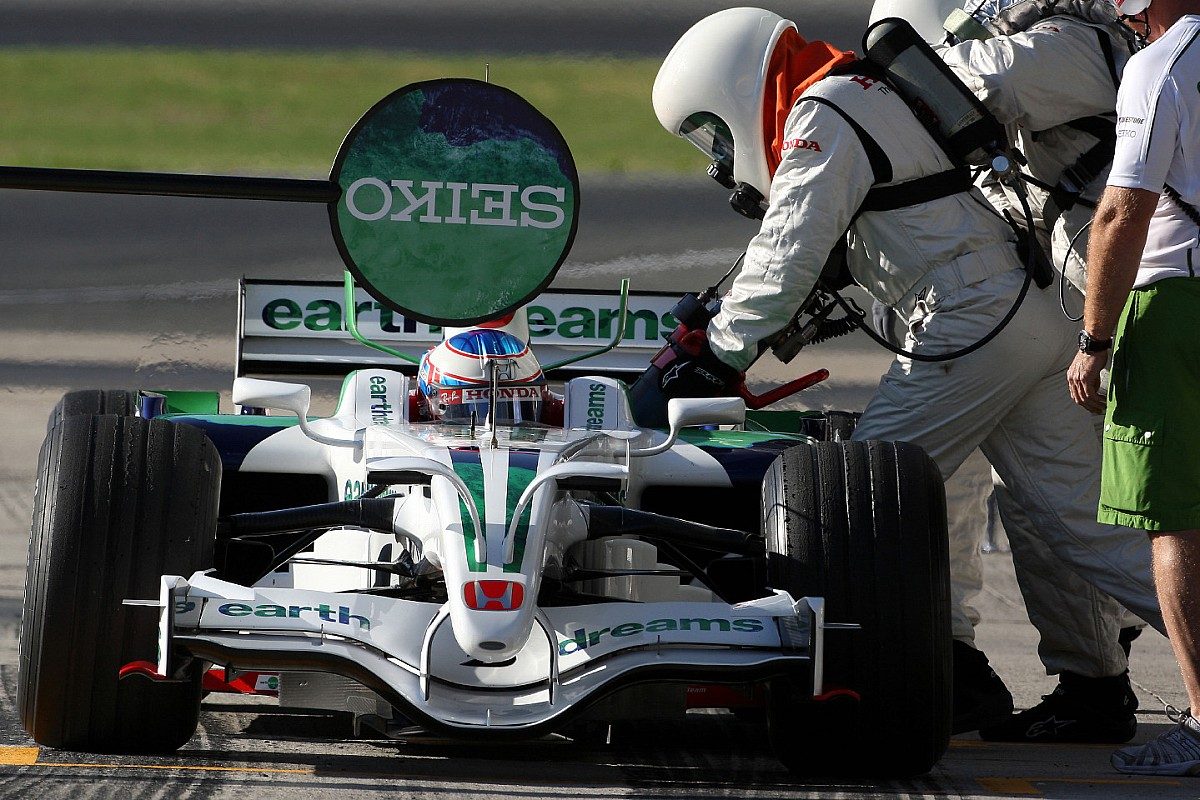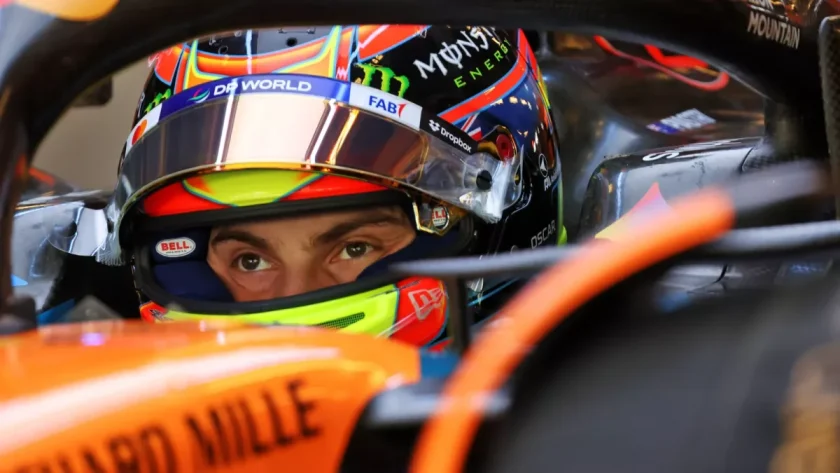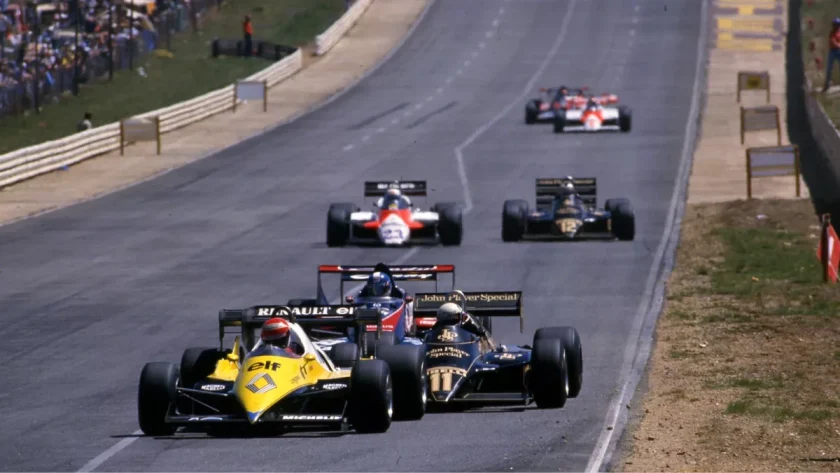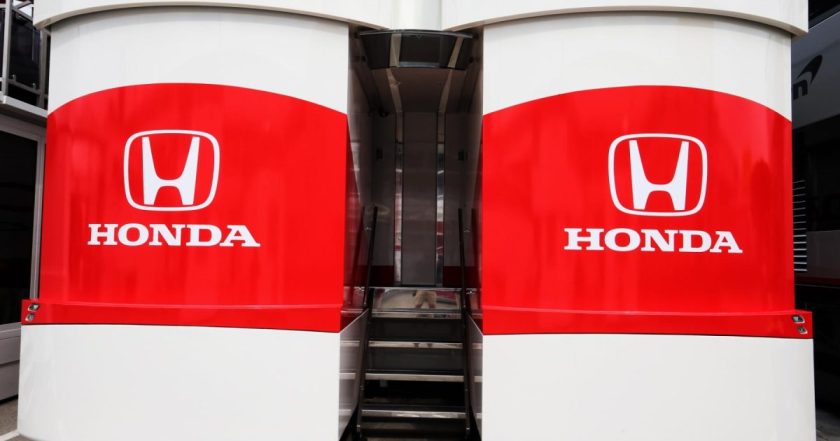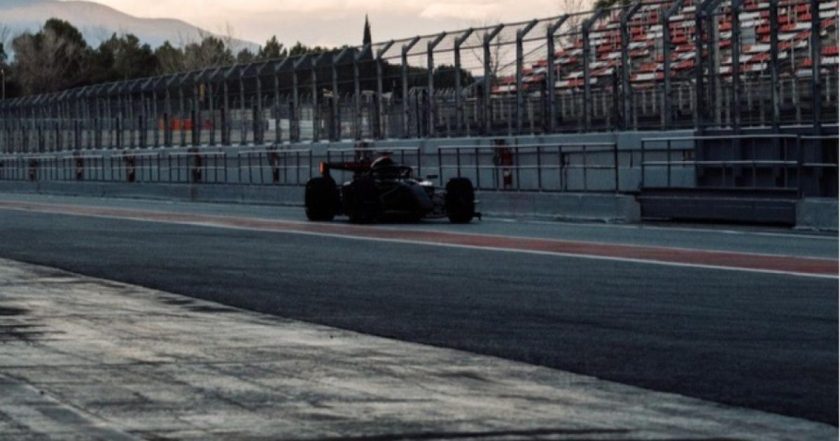P1racenews AI automatic summary:
Why do F1 cars not refuel during a race?
Refuelling was a significant part of Formula 1 races for many years, allowing teams to run lighter cars and potentially gain a speed advantage. However, in 2010, refuelling was banned by the FIA, forcing teams to adjust their strategies and design their cars to perform with a full tank of fuel.
Since the inception of the championship in 1950, refuelling has been in and out of the series, with various notable incidents occurring over the years. However, the ban in 2010 meant that cars had to start the race with a predetermined amount of fuel and maintain it until the finish line.
Cars are now allowed a maximum of 110kgs of fuel at the start, but they must provide at least 1 liter of fuel to the FIA for examination after the race. Failure to do so can result in disqualification, as seen in the case of Sebastian Vettel at the Hungarian Grand Prix.
The decision to ban refuelling was driven by safety concerns and cost-cutting measures. Refuelling incidents resulted in fires and injuries to both drivers and pit crew members, prompting the FIA to prioritize driver safety. Additionally, the expenses associated with transporting and handling heavy fuelling equipment led to higher costs for the series.
Overall, the ban on refuelling has changed the dynamics of Formula 1 races, requiring teams to strategize and manage fuel consumption throughout the race to maximize performance and ensure they can reach the finish line.
